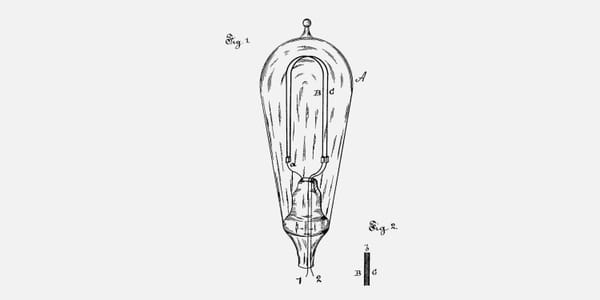Reviving Sleeping Giants: How Leveraging Dormant IP Can Transform Your Business
In today's market, businesses often overlook hidden treasures in their portfolios. Companies like IBM and Disney have rejuvenated operations by tapping into dormant IP. Many sit on a goldmine of potential. This article explores how you can awaken these sleeping giants to transform your business.

In the hustle and bustle of daily operations, it's easy to overlook the hidden gems sitting quietly within your company's intellectual property (IP) portfolio. These dormant assets, often developed at significant cost and effort, can be the key to unlocking new avenues for growth and market differentiation. Let's explore how awakening these sleeping giants can transform your business.
Understanding Dormant IP
Dormant IP refers to intellectual property that a company owns but is not currently utilizing. This could include patents, trademarks, copyrights, or proprietary technologies that have either been shelved due to strategic shifts or never fully explored. These assets often represent significant untapped value.
The Strategic Advantage of Dormant IP
- Market Differentiation: Utilizing dormant IP can set your business apart in a crowded market. For instance, Apple famously repurposed its multi-touch technology, initially dormant, to revolutionize the smartphone industry with the iPhone. By leveraging existing IP, Apple could quickly bring a differentiated product to market, leaving competitors scrambling to catch up.
- Cost Efficiency: Developing new products or technologies from scratch is resource-intensive. By reactivating dormant IP, companies can save on research and development costs while accelerating time-to-market. This approach allows businesses to innovate without the heavy financial burden associated with new product development.
- New Revenue Streams: Dormant IP can open up new revenue opportunities through licensing, partnerships, or even new product lines. Consider how companies like Microsoft have licensed their unused technologies to other firms, creating additional income streams while fostering innovation within the industry.
Steps to Leverage Dormant IP
- Conduct an IP Audit: Start by conducting a comprehensive audit of your IP portfolio. Identify assets that are not currently in use and assess their potential relevance in today's market. This process may require collaboration between legal, R&D, and marketing teams to ensure a thorough evaluation.
- Market Analysis: Analyze current market trends to identify potential opportunities where your dormant IP could provide a competitive edge. This might involve looking at emerging technologies, shifting consumer preferences, or gaps in the market that your IP could address.
- Strategic Integration: Develop a strategy to integrate dormant IP into your business operations. This could involve creating new products, enhancing existing offerings, or exploring licensing deals. Ensure that your strategy aligns with your overall business objectives and market positioning.
- Collaborate and Innovate: Consider partnerships or collaborations with other companies that could benefit from your dormant IP. Such alliances can lead to innovative solutions that might not have been possible within the confines of your own organization.





